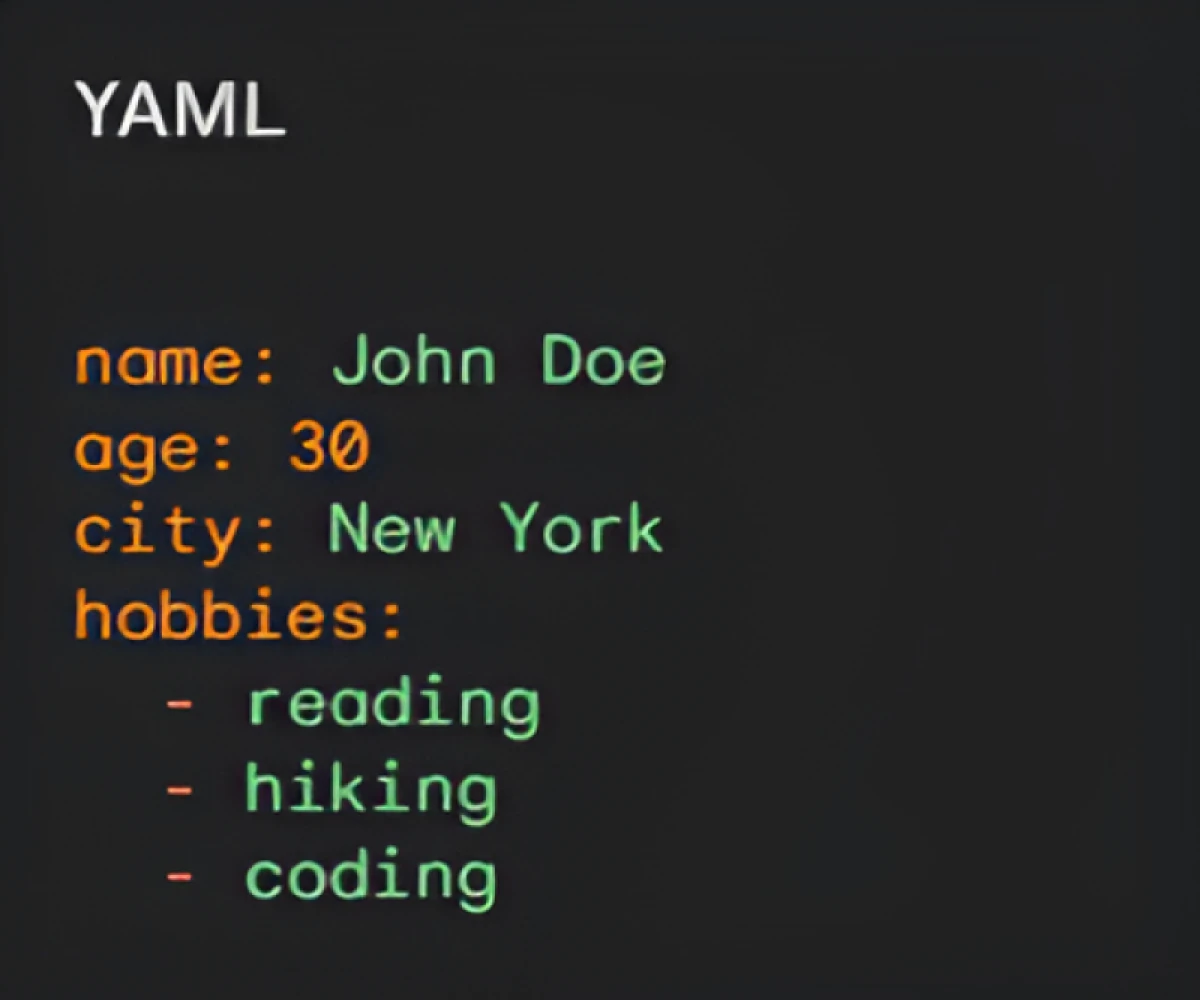
What is YAML?
YAML: The Elegant Data Serialization Language
What is YAML?
YAML, which stands for "YAML Ain't Markup Language," is a human-readable data serialization standard for all programming languages. It's designed to be easy to read and write, making it an excellent choice for configuration files, data interchange, and more. While it might sound like a programming language, it's actually a format for representing data in a structured way.
Why Use YAML?
- Readability: YAML's syntax is clean and intuitive, making it easy for both humans and machines to parse.
- Versatility: It can be used for various purposes, from simple configuration files to complex data structures.
- Efficiency: YAML files are often smaller and faster to parse compared to other formats like XML.
- Wide Adoption: Many popular tools and applications support YAML, making it a versatile choice.
Basic YAML Syntax
Here's a simple example of a YAML file:
YAML
name: John Doe
age: 30
city: New York
hobbies:
- reading
- hiking
- coding
As you can see, YAML uses indentation to represent hierarchical data structures. Colons separate keys from their values.
Key Features of YAML
- Data Types: YAML supports various data types, including strings, numbers, booleans, arrays, and objects.
- Comments: You can add comments using the
#character. - Anchors and Aliases: These features allow you to reference data multiple times, reducing redundancy.
- Custom Tags: You can define custom data types for specific use cases.
Common Use Cases for YAML
- Configuration Files: YAML is widely used for storing application settings and configurations.
- Data Interchange: It's a popular format for exchanging data between systems.
- Serialization: YAML can be used to serialize complex data structures.
- DevOps and Automation: Tools like Ansible and Kubernetes extensively use YAML for defining configurations and deployments.
Best Practices for Writing YAML
- Consistent Indentation: Use spaces for indentation, not tabs.
- Meaningful Keys: Use descriptive keys to improve readability.
- Validation: Consider using a YAML validator to catch errors early.
- Version Control: Keep your YAML files under version control for easy tracking and collaboration.
Conclusion
YAML is a powerful and versatile tool for handling data in a human-readable format. Its simplicity and readability make it a preferred choice for many developers and system administrators. By understanding the basics of YAML syntax and its various use cases, you can effectively leverage this format in your projects.


